Let Your Soul Wander: Finding Life, Hope and Joy at MoMA
Just a five-minute walk from the New York subway stands The Museum of Modern Art (MoMA), a pilgrimage site for modern art lovers worldwide. As I stepped into the elevator with my ticket, a Spanish-speaking man came with his family and asked, 'Do you know which floor is The Starry Night?' I couldn't help but smile. I had entered only a minute before him.
That small moment speaks volumes about the irresistible pull of Van Gogh’s masterpiece. My advice is to start on the fifth floor and wander slowly downward. That’s where you’ll find classics from 1880 to 1940, including the painting so many dream of seeing: The Starry Night.
Standing in person before the painting, it immediately reminds you of Don McLean’s song: Starry, starry night, paint your palette blue and gray. If you overhear someone humming the tune in the gallery, don’t be surprised.
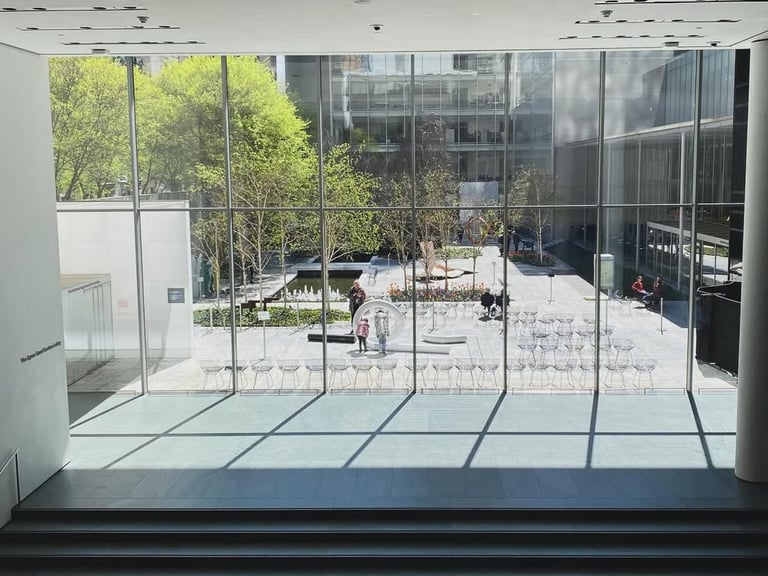

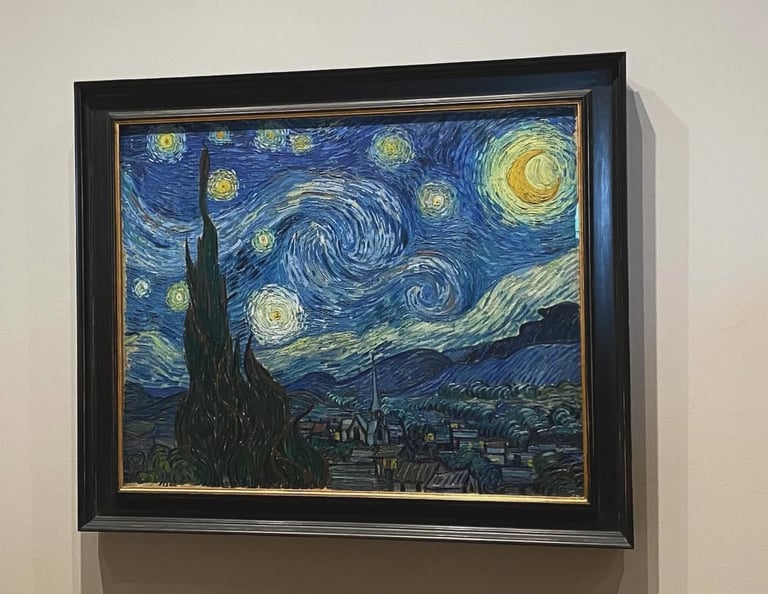

Why does this painting captivate so many? As Taiwanese writer Lung Yingtai once put it this way: 'The Starry Night is like a map of Van Gogh’s wandering soul.' Sadly, strong reflections from the window on the protective glass of the painting made it difficult to see clearly that day.
Near the fifth-floor entrance hangs another piece that held me spellbound: Andrew Wyeth’s Christina’s World. Many visitors rush past it toward Starry Night, but this painting is a poetic story worth slowing down for. It pulls you into a lonely meadow where Christina, weakened by polio, drags herself toward a distant house. A walk that would take most of us minutes would take her half a day.
Wyeth was inspired after seeing this scene from his window. He said, 'The challenge to me was to do justice to her extraordinary conquest of a life which most people would consider hopeless.' The muted colors of the painting only amplify the intensity of her quiet struggle.
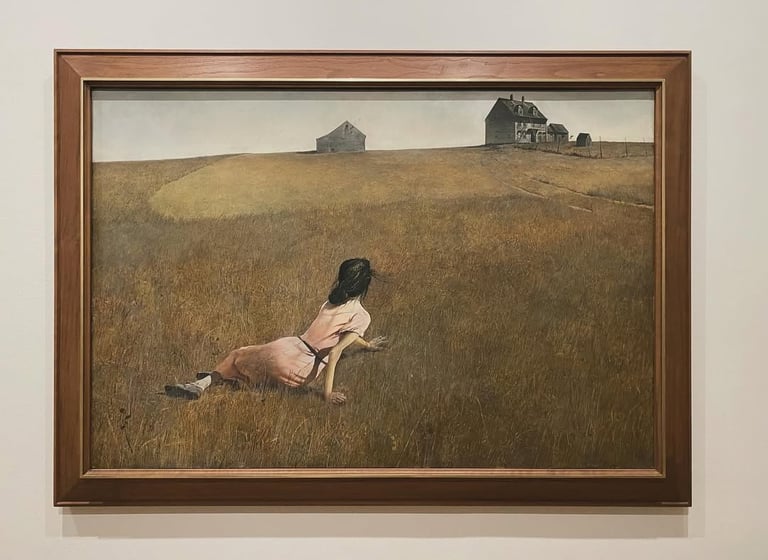

Gustav Klimt’s Hope, II offers a more layered vision of life. A pregnant woman bows her head in prayer, while a ghostly skull near her womb hints at the risks of childbirth. Three women gathered at her feet seem to mourn and bless at once. Klimt names the piece 'Hope,' reminding us that light often comes after darkness, much like the last thing left in Pandora’s box.
Perhaps life isn’t about polarities and opposites, but cycles: birth, growth, love, and memory, all connected.
And what of memory? Salvador Dalí’s The Persistence of Memory offers a surreal reflection. Those melting clocks challenge our obsession with time. Remove the numbers from a clock, and what remains? Only memory persists, which is soft, fluid, and deeply personal.
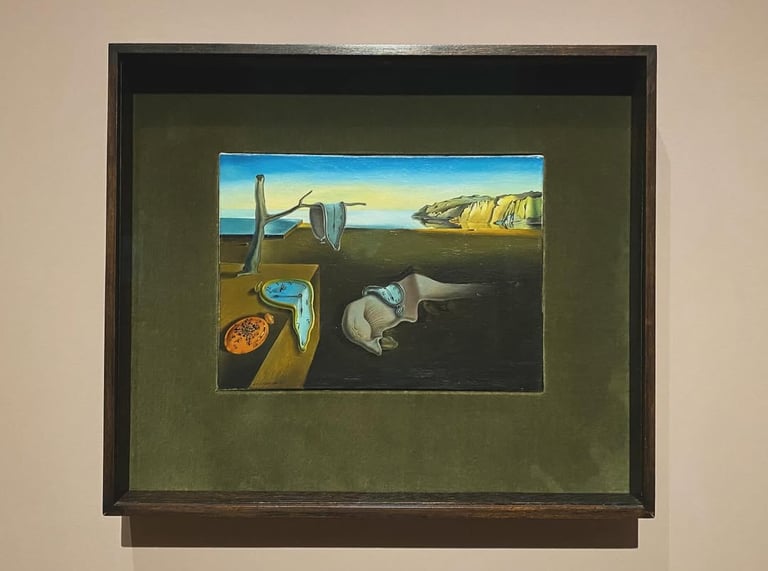

Other highlights:
The Museum of Modern Art (MoMA)
Opening hours: Sat - Thur | 10:30am - 5:30pm;
Fri | 10:30am - 8:30pm
Address: 11 West 53 Street, Manhattan, New York, New York, 10019
Ticket: USD30 (Adults)
Website: https://www.moma.org/
On the other hand, Matisse’s Dance (I) celebrates life with wild, unrestrained joy. Using only four colours, blue sky, green earth, black, and soft pink, he captures five figures dancing hand-in-hand in a circle. The painting seems to pulse with rhythm, as if you can almost hear the music.
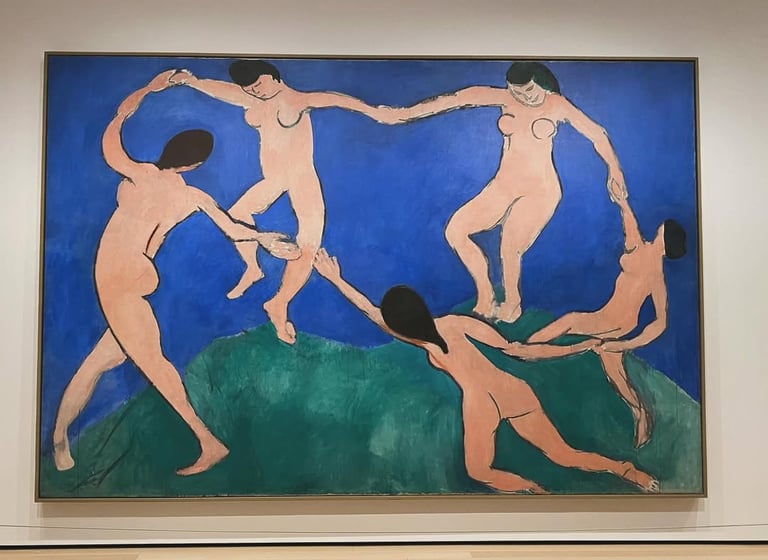

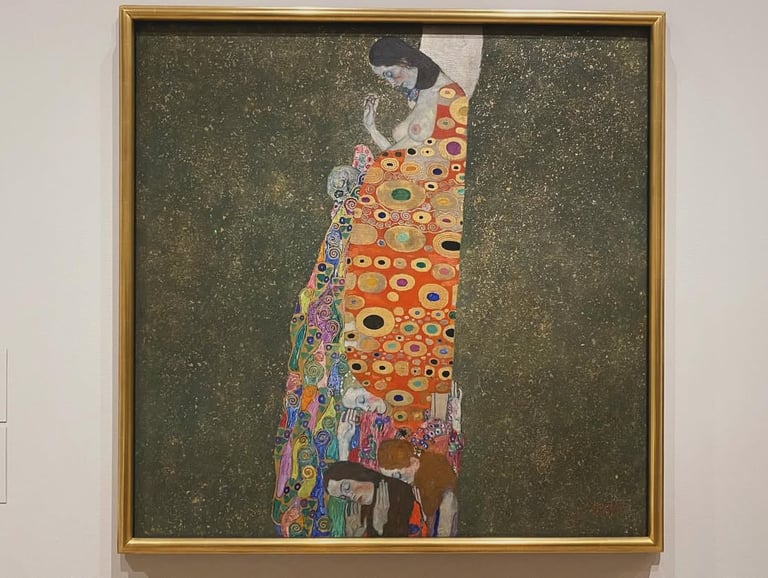

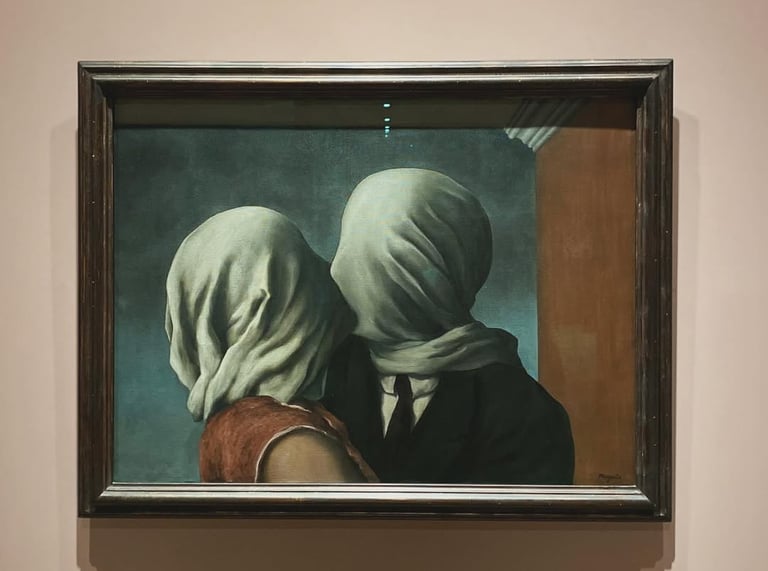

《The Lovers》| René Magritte
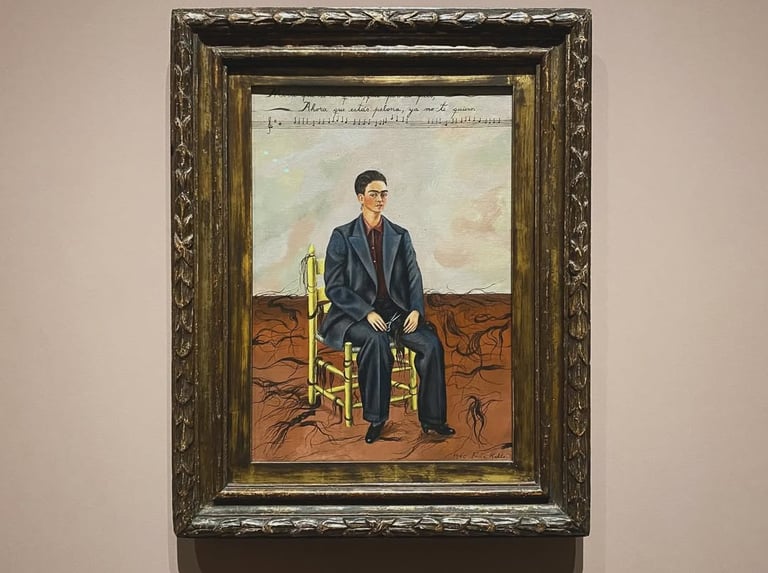

《Self-Portrait with Cropped Hair》| Frida Kahlo
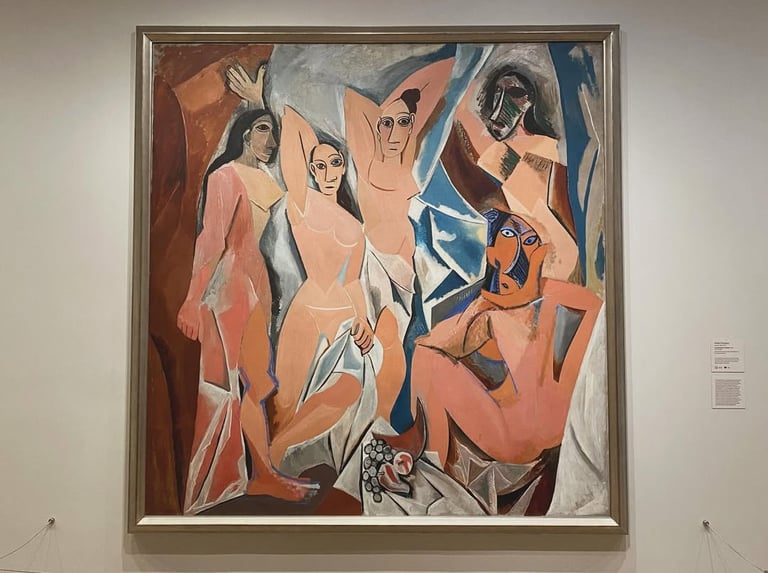

《Les Demoiselles d’Avignon》| Pablo Picasso
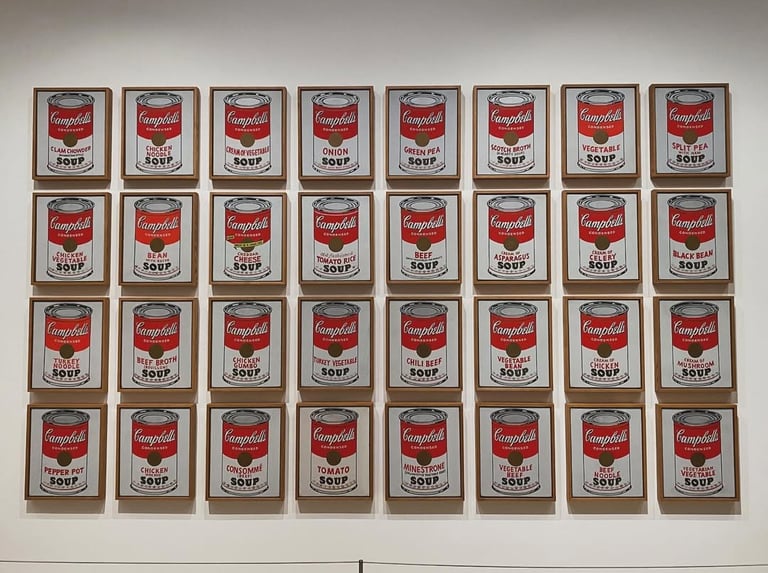

《Campbell’s Soup Cans》| Andy Warhol


